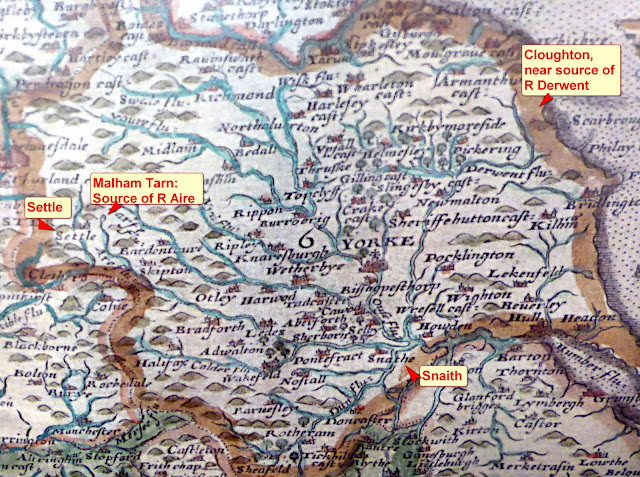Today I declare 19th March to be the year end of 2023.
11 March 2019 was my first recording trip for this lichen project starting shortly after the British Lichen Society Trip meeting at Cober Hill in Feb 2019, but I wrote up the first blog post on it on 3 April 2019. So 19th March seems a good compromise.
The aim is to do 10 monads in SD86 each year.
New Year's day 2024 came and went - and in February 2024 I made an effort and visited four monads (all with easy road access)
SD8466: Cowside Farm; (road at bridge near farm)
SD8467: The tiny fraction of Henside road near Westside House - with snowdrift and cattle grid; that fitted into SD8467
SD8468: The tip of the plantation at Little Catrigg pasture (looking down towards Sannat Hall and Neals Ing; (Two visits)
SD8469: Tiny road stretch-Silverdale Meadow (road to Penyghent)
with scores of 26,23,24 and 19 respectively.
I just need to visit one more monad to keep up my score of visiting 10 monads a year.
Cleatop Park Wood revisit was one possibility - I have visited Cleatop Park wood and the land below it during Covid.. but can't find the results... I will survey that again when I have more time .. though need to do it soon before the leaves come out.
So on 19 March I set off to visit Langber Lane.. a monad that looks as though it would be easy access, by parking near Scalebar Foss, then walking 2km past Wildshare Plantation. I can walk on the track and keep my never worn before WHITE Salomon Wide Speedcross (fell running) shoes clean.
By the time I have parked the car it is 4.30pm. It is a peaceful afternoon but the sun has retreated behind hazy cloud. I have put all my kit in my old red rucksack (45yr?) that has a decent waist strap and I take my Nordic Walking poles. (Can't take TWO Nordic poles and a shopping bag.
I meet Andy and Carol Evans who were returning from a run... and have a chat. Andy used to give me lifts to work. Years ago.
1km further I meet a new person for me - Sarah Ryecroft from Kirkby Malham. out to exercise her dogs in an area with no sheep. (It's lambing time.. And ewes get frightened - even if dogs are on a lead)
I have a chat.
("It is like Covid Walking times again" I think)
I know - or knew - her mother in law. Sheila Rycroft - who I learn died 6 years ago. It was good to meet Malhamdale people again.
I pass the highest point (301m) of my (relatively flat) journey (on Pendle Grit) and descended slightly towards Langber Plantation - Woodland Trust (recorded as on Bowland shale - but all the wall stones are grit). I am actually in a slight valley - the valley of Brook Gill Beck -
The Gritstone walls are very species poor, lichen wise. Parmelia saxatilis was the only foliose lichen on the grit capstones - no Platismatia glauca Parmelia omphalodes or Pseudevernia furfuracea;
These seem to do better in more exposed areas on the top of hills - e.g. Hunter Bark 2km to the west and Scosthrop High Moor (potentially) 2 km to the NE.
I find one record of Hypogymnia physodes on stone, but two on wood posts.
Some of the walls by the track between Langber Plantation and the stream have a good coating of acid rock loving mosses - including a sheet of Frullania tamarisci and a few tiny leafy liverworts.
I find some Baeomyces rufus on the wall beside the plantation with what might be a parasite on it - round lichen colonies growing on it. It might possibly be Arthroraphis grisea. Er probably not it has a line of resistance round the edge - still need to check it.
So
I have now visited 50 monads with scores of 19 or more (i.e. almost 20 or more) , but 24 of them have less than 29 species so I would like to visit all those again at least once - and some may need several visits to get their scores up to 30 plus.
The average number of lichens recorded per monad is now down to 32.32 (The highest it ever was was 34)
I have seen 181 different species. (on the BLS website the total number of species recorded for SD86 is 348)































































